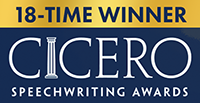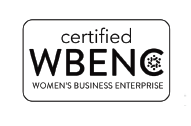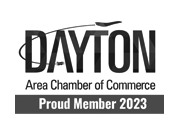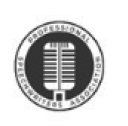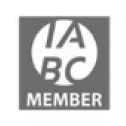What’s the process when you work with a speechwriter?
 The first question I get from executives looking for a speechwriter is this: “How do you work?”
The first question I get from executives looking for a speechwriter is this: “How do you work?”
If you’re an executive wondering about the process – what it’s like to work with a speechwriter instead of writing an entire speech by yourself – read on.
“I love our process!” a speechwriting client told me this week during a debrief meeting after her latest keynote speech.
Because we’ve been working together for nearly a year now to create her keynote speeches, we have our process down pat.
What did our process yield this time?
My client shared the feedback she received after delivering a 10-minute keynote speech to open a major event for employees held in the city where her North American company is based:
- “Folks said my speech was incredibly moving.”
- “Executives told me that they cried. What resonated the most with them was my personal story.”
- “What also resonated was the challenge we gave everyone to take action. To do something.”
- “Everyone liked how the speech tied to our cultural beliefs.”
- “The CEO was extremely pleased. He told me I did a great job, and let’s continue to build on that momentum.”
With those responses giving us energy and propelling us forward, we rolled up our sleeves once again and began exploring some fresh ideas for her next keynote speech coming up in a few weeks.
3 questions executives ask about how to work with a speechwriter
If you’ve never had a speechwriter before, you might be wondering about the process: what it’s like to work with a speechwriter instead of taking the time to create an entire speech by yourself.
 Here are the questions executives often ask me:
Here are the questions executives often ask me:
- Will I have to write anything?
- Do you just listen to whatever I say and make it sound better?
- How do I know whether you can write in my voice so it sounds like me?
The best way to address these questions is to review the process I use when working with an executive to create a keynote speech.
It doesn’t matter whether the speech is 10 minutes of opening remarks needed to set the tone for an important employee meeting or a highly anticipated 30-minute address that headlines an international conference.
The process is generally the same.
Here’s what you can expect when you work with a speechwriter – a simple process in three phases:
- Phase 1: Planning and research
- Phase 2: Speechwriting and editing
- Phase 3: Speech coaching
A good speechwriter will lead you expertly through all three phases.
Here’s what it looks like to work with a speechwriter.
Phase 1: Planning and research
 A good speechwriter will:
A good speechwriter will:
- Review the assignment with the executive’s assistant and conduct initial speech research
- Prepare for and conduct a brief kickoff meeting with the executive to discuss the event, audience, topic, goals, key messages and other subject matter experts (SMEs) needed to provide input upfront
- Collect and review supplied background documents; conduct independent speech research
- Prepare for and conduct round 1 interviews with the executive and any SMEs to gather content
- Draft the creative concept and speech outline; incorporate feedback from the executive; finalize
- Prepare for and conduct round 2 interviews to put “meat on the bones” of the approved speech outline
Phase 2: Speechwriting and editing
 A good speechwriter will then:
A good speechwriter will then:
- Write and deliver speech draft 1 based on the speech research and interviews; incorporate feedback from the executive and SMEs; revise
- Deliver speech draft 2; incorporate feedback from the executive; revise
- Deliver speech draft 3 ready for independent rehearsals by the executive
Phase 3: Speech coaching
A good speechwriter (who is also trained as a speech coach) will then:
- Lead speech coaching sessions with the executive (typically 90 minutes each), providing real-time feedback and delivery modeling
- Revise speech draft 3 based on the results of each speech coaching session (these adjustments personalize the speech further, making it even easier for the executive to deliver)
- Deliver the final speech manuscript – formatted with personalized speaker notations and delivery cues based on the speech coaching sessions – to ensure the best possible delivery
- Lead a final speech coaching session the day before the event (the ultimate confidence booster!)
- Deliver the archive speech manuscript to the executive (the as-delivered speech, with all personalized notations and cues removed, for posting and sharing as needed)
 How to work with a speechwriter (demystified)
How to work with a speechwriter (demystified)
The process above makes it clear:
Instead of taking the time to write an entire speech by yourself, now you know – step by step – how you can work with a speechwriter to get from a blank sheet of paper to the ballroom stage.
Effortlessly.
Do you have a keynote speech coming up and want to work with a speechwriter to get the best possible results?
Don’t wait any longer.
Request a 15-minute discovery call now with Teresa Zumwald, an award-winning speechwriter and speech coach, and get your questions answered.








